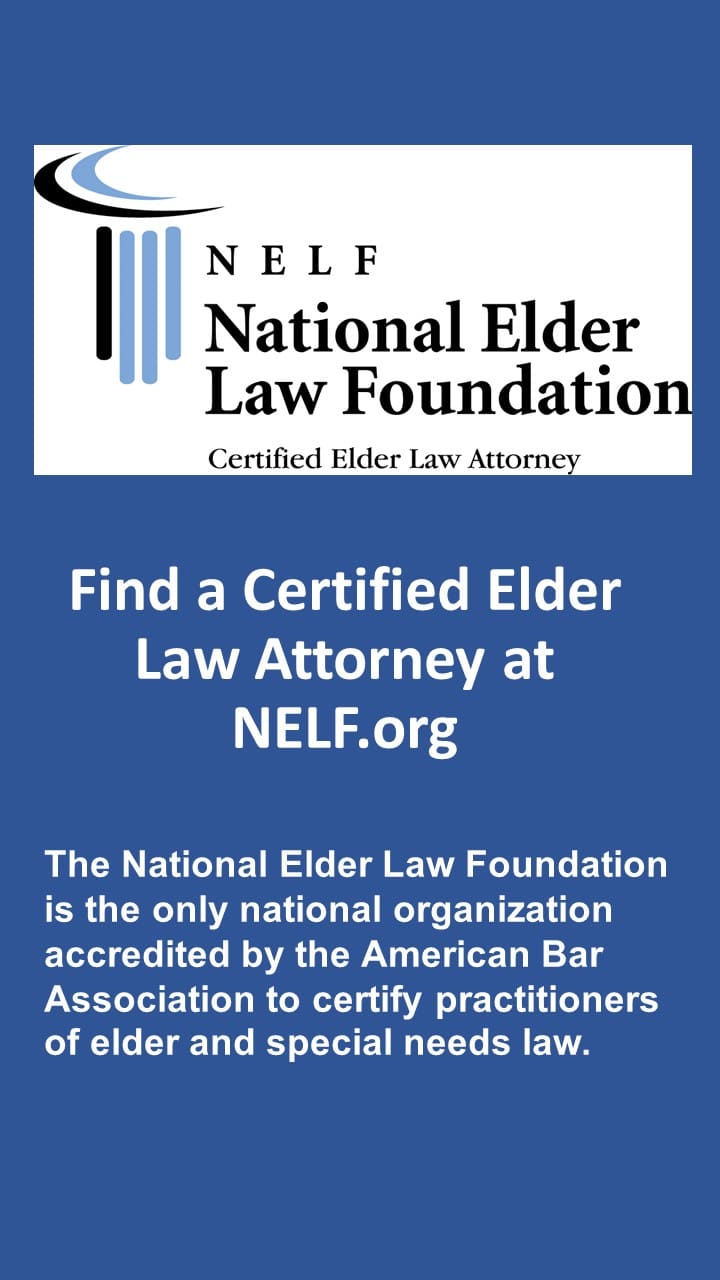When applying for Medicaid, the nursing home spouse (called the Institutionalized Spouse) is often a joint owner (or sole owner) on checking, savings and other acounts. Should those resource be taken out of the name of the Institutionalized Spouse? The answer is generally “yes,” but it requires some context and some qualifications. The context and qualifications should allow you to avoid panic as you undertake these tasks.
At the time of application, all marital resources are deemed available to both spouses. 42 U.S. Code § 1396r–5(c)(2). Some resources are countable and others are exempt. The Community Spouse generally keeps all exempt resources, plus a Community Spouse Resource Allowance (the “CSRA”). The CSRA, which is a protected amount for the Community Spouse, is adjusted each year for inflation. In 2023, the maximum CSRA is $148,620. The minimum is $29,724. Some States, such as Georgia, allow the Community Spouse to keep the maximum CSRA. Other States, such as Tennessee, only allow a CSRA equal to one-half of the countable marital resources between the minimum and the maximum. See 42 U.S. Code § 1396r–5(f)(2)(A). The most current CSRA figures should be at the “Spousal Impoverishment” link in the resources section of this page.
Medicaid Planning is often done to protect the excess resources (e.g., resources that are countable and exceed the CSRA), but frequently both spouses co-own the resources set aside for the Community Spouse (or they may be owned solely by the Institutionalized Spouse). Because of deeming, co-ownership is not a concern at the time of application. But deeming stops once the Institutionalized Spouse is found to be eligible, see 42 U.S. Code § 1396r–5(c)(4), so before the first anniversary of the Institutionalized Spouse’s approval, his or her name should be removed from the joint accounts. See 42 U.S. Code § 1396r–5(f)(1) states these transfers should occur “as soon as practicable after the date of the initial determination of eligibility,” but in Georgia the determination is made at the First Annual Review (See ABD Manual 2502-6). On the first anniversary of the Institutionalized Spouse’s Medicaid approval, the Medicaid agency will review the case to determine whether he or she has more than $2,000 in countable resources. Although this task must be done, it’s not a five-alarm fire at the time of application and you can focus on getting your loved one good care.
There is no transfer penalty when resources are conveyed or transferred from one spouse to another.
If retirement accounts are exempt (as in Georgia), those accounts should not be transferred because except pursuant to a QDRO because doing so will trigger immediate tax recognition. If you’re in a State that requires liquidation of retirement accounts, don’t forget to pay the taxes.
There is no requirement that an Institutionalized Spouse’s name be removed from exempt resources, but doing so usually minimizes the risk of Medicaid estate recovery.
As a practical matter, a power of attorney or conservator order is necessary to move resources unless there is a co-owner with withdrawal authority. This means advance planning is critical, at least with respect to getting estate planning documents in order. If a conservatorship order is required, both Georgia and Tennessee law (and presumably most other states) require specific court authority before selling or transferring a ward’s resources so your job is not complete when you set up the conservatorship; you still have to go back to court and get additional authority.
As always, this page is not meant to answer every question related to this issue so you should speak with a Certified Elder Law Attorney before taking action.




